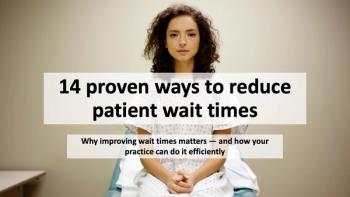
Reimbursement to Hospital Outpatient Departments Under Scrutiny
In a
Hospitals have been rapidly buying local private medical practices to increase their market share, leverage, and revenue. Many physicians, overwhelmed by administrative and financial barriers, have shown little defiance to this trend, and for many, a salaried hospital position has become the path of least resistance to professional fulfillment.
Although many physicians do not resist this system, commercial carriers have started to take notice. For example, effective April 1, Highmark will no longer reimburse outpatient department (OPD) rates to free standing physician offices owned by hospital networks.
While our instinct may be to criticize Highmark for creating yet another policy to limit provider reimbursement, we should first examine the huge disparity between office reimbursement rates and OPD reimbursement rates.
Private insurers’ OPD reimbursement can be up to three times higher than physician office reimbursement, and Medicare reported an 80 percent difference between the two. As rates increase, so does the financial burden to the patient. For example, a co-insurance on a diagnostic or therapeutic procedure could jump from $20 to $60 depending on the venue in which it is performed. Physician office reimbursement is not just lower than OPD reimbursement; it is often too low in general. In fact, the average contracted rate for any given in-office service has barely increased over the last 20 years.
So, depending on whom you ask, the reimbursements for medical services are either too high or too low. Which begs the question: How much is a given medical service actually worth? We will probably never know. In a free market, worth is determined by supply and demand, which has played out behind the scenes for as long as there has been health insurance. Because of insurance, consumers have become nearly oblivious as to the actual cost of medical services.
If the OPD reimbursement really should be three times higher than physician office reimbursement, then private freestanding medical practices should receive that higher reimbursement as well. Or maybe the formula should be reversed, with the physician office receiving the higher reimbursement and the hospital network receiving the lower reimbursement. After all, a private practice has fewer resources and less financial backing than a hospital network, and a switch like this would save private insurers a substantial amount of money.
Regardless of the answer to these questions, it appears that, for now, we are headed in the direction of reducing reimbursement for OPD services. This change in policy will likely find its way to a long legal battle between Highmark and the hospital networks, and its outcome could start a trend among other commercial carriers.
Newsletter
Optimize your practice with the Physicians Practice newsletter, offering management pearls, leadership tips, and business strategies tailored for practice administrators and physicians of any specialty.








